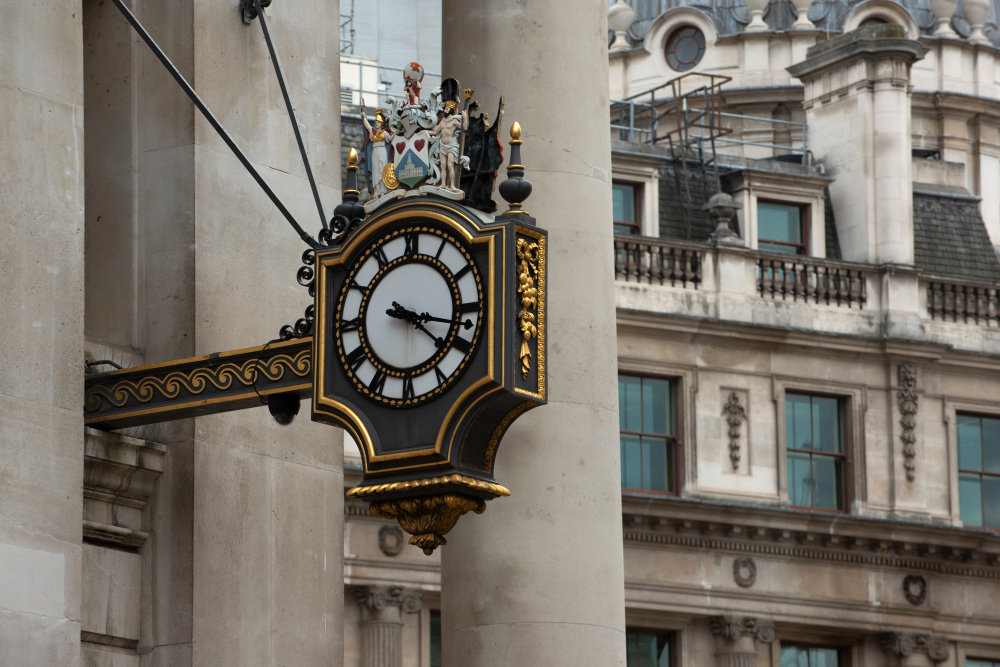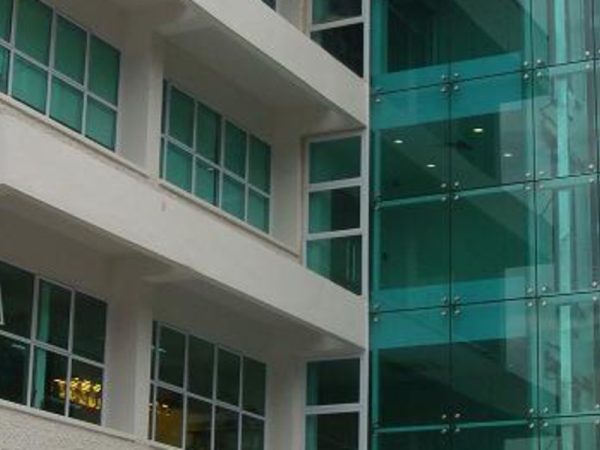The Royal Observatory: A Window into the History of Astronomy in London

The Royal Observatory is a landmark of astronomical significance in London, England. Founded in 1675 by King Charles II, the observatory has a rich history and has played a pivotal role in the development of modern astronomy. It is located on a hill in Greenwich, southeast London, and is famous for its Meridian Line, which represents the Prime Meridian of the world.
The Royal Observatory has seen many significant events and discoveries over the years. For example, in 1676, the astronomer Royal John Flams teed used the observatory to produce the first accurate star chart, which was published in 1729 as the “Historia Celestas Britannica.” Later on, in the 18th century, the observatory played a crucial role in solving the problem of determining longitude at sea, which led to significant advances in navigation and maritime travel.
The Royal Observatory was also home to some of the most prominent astronomers of the time, including Sir George Airy, who served as the Astronomer Royal from 1835 to 1881. During his tenure, Airy made significant contributions to the field of optics and developed the concept of the “Airy disk,” which is still used in modern astronomy to describe the diffraction pattern of light.
Today, the Royal Observatory is a popular tourist attraction and a leading research institution in the field of astronomy. It has a wide range of facilities, including a planetarium, a telescope, and a museum. Visitors can explore the observatory’s rich history, learn about the latest astronomical research, and enjoy stunning views of London from the observatory’s hilltop location.
The Meridian Line
One of the most significant features of the Royal Observatory is the Meridian Line. The Meridian Line represents the Prime Meridian of the world, which is the line of longitude that passes through the Royal Observatory and is used as the reference point for all other lines of longitude. This line was established in 1884 at the International Meridian Conference in Washington, D.C., and is still recognized as the official Prime Meridian to this day.
The Meridian Line is marked on the ground in the courtyard of the Royal Observatory, and visitors can stand with one foot in the Eastern Hemisphere and one foot in the Western Hemisphere. The line is also marked by a stainless-steel strip that runs through the observatory and into the distance, marking the exact location of the Prime Meridian.
The Planetarium
The planetarium is one of the most popular attractions at the Royal Observatory. It offers visitors a unique and immersive experience of the night sky, allowing them to explore the wonders of the universe in a stunning and interactive way.
The planetarium features a state-of-the-art projector that projects a highly realistic view of the night sky onto a domed ceiling. The planetarium also hosts a range of shows and events throughout the year, including talks by leading astronomers and special screenings of popular science documentaries.
The Astronomy Museum
The astronomy museum at the Royal Observatory is a must-see for anyone interested in the history of astronomy and space exploration. The museum features a wide range of exhibits that showcase the history of the Royal Observatory and its contributions to the field of astronomy.
One of the highlights of the museum is the Great Equatorial Telescope, which was built in 1893 and is still in use today.
The museum also features a range of historical artefacts, including the original transit instrument used by John Flams teed to produce the first accurate star chart. Visitors can also see the original time ball, which was used to signal the time to ships in the River Thames. In addition to the historical exhibits, the museum also showcases the latest developments in the field of astronomy. Visitors can learn about the latest space missions, including the search for life on other planets, and explore the mysteries of the universe through interactive exhibits and displays.
Overall, the astronomy museum at the Royal Observatory is an excellent way to learn about the history of astronomy and the latest developments in the field. It is a must-visit for anyone interested in space and the universe.
The Observatory Today
Today, the Royal Observatory is a leading research institution in the field of astronomy. It is home to a range of facilities and programs that support astronomical research and education.
The observatory operates a range of telescopes and instruments that are used to observe the stars and planets. It also has a state-of-the-art data Centre that collects and analyses data from telescopes around the world.
In addition to its research activities, the observatory is also a hub for education and outreach. It offers a range of programs and events for students and the general public, including workshops, lectures, and stargazing events.
One of the most exciting developments at the observatory in recent years has been the construction of the Annie Maunder Astrographic Telescope.
Overall, the Royal Observatory remains a vital canter for astronomical research and education. Its facilities and programs continue to inspire and educate people of all ages about the wonders of the universe.
Conclusion
The Royal Observatory is a unique and important landmark in the history of astronomy. Founded over 300 years ago, it has played a pivotal role in the development of modern astronomy and continues to be a leading research institution in the field.
Visitors to the observatory can explore its rich history, learn about the latest developments in the field of astronomy, and experience the wonders of the universe through interactive exhibits and displays.
FAQs:
Q: Can visitors see the stars through telescopes at the Royal Observatory?
A: Yes, the Royal Observatory operates a range of telescopes that are used for astronomical research and education. Visitors can participate in stargazing events and observe the stars and planets through these telescopes.
Q: Is there an admission fee for the Royal Observatory?
A: Yes, there is an admission fee for the Royal Observatory, but it is relatively affordable. Tickets can be purchased online or at the observatory, and discounts are available for children, seniors, and families.
Read More: Westminster Abbey: A Look Into the Past of London’s Iconic Landmark











